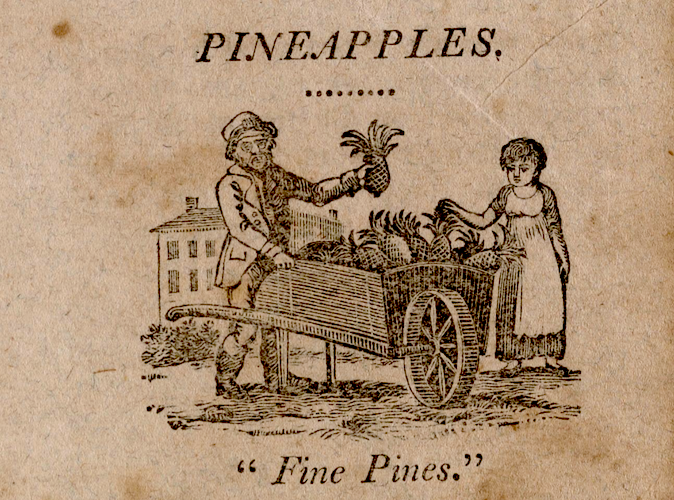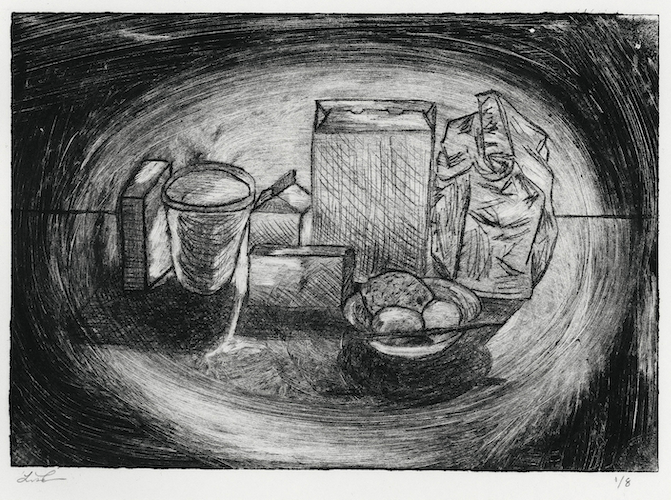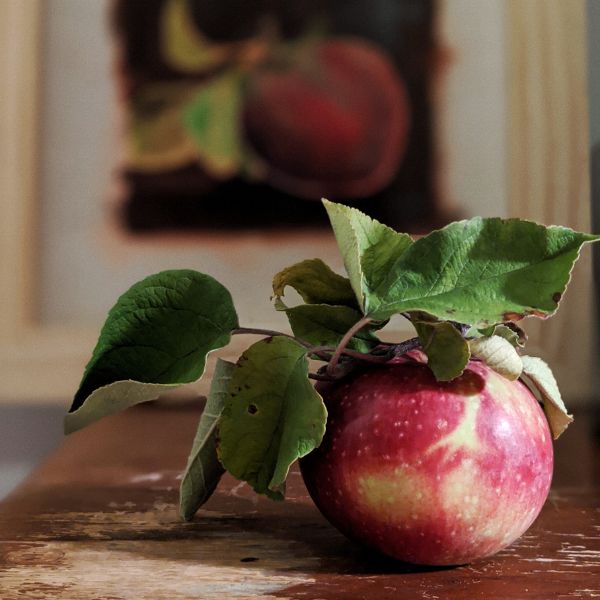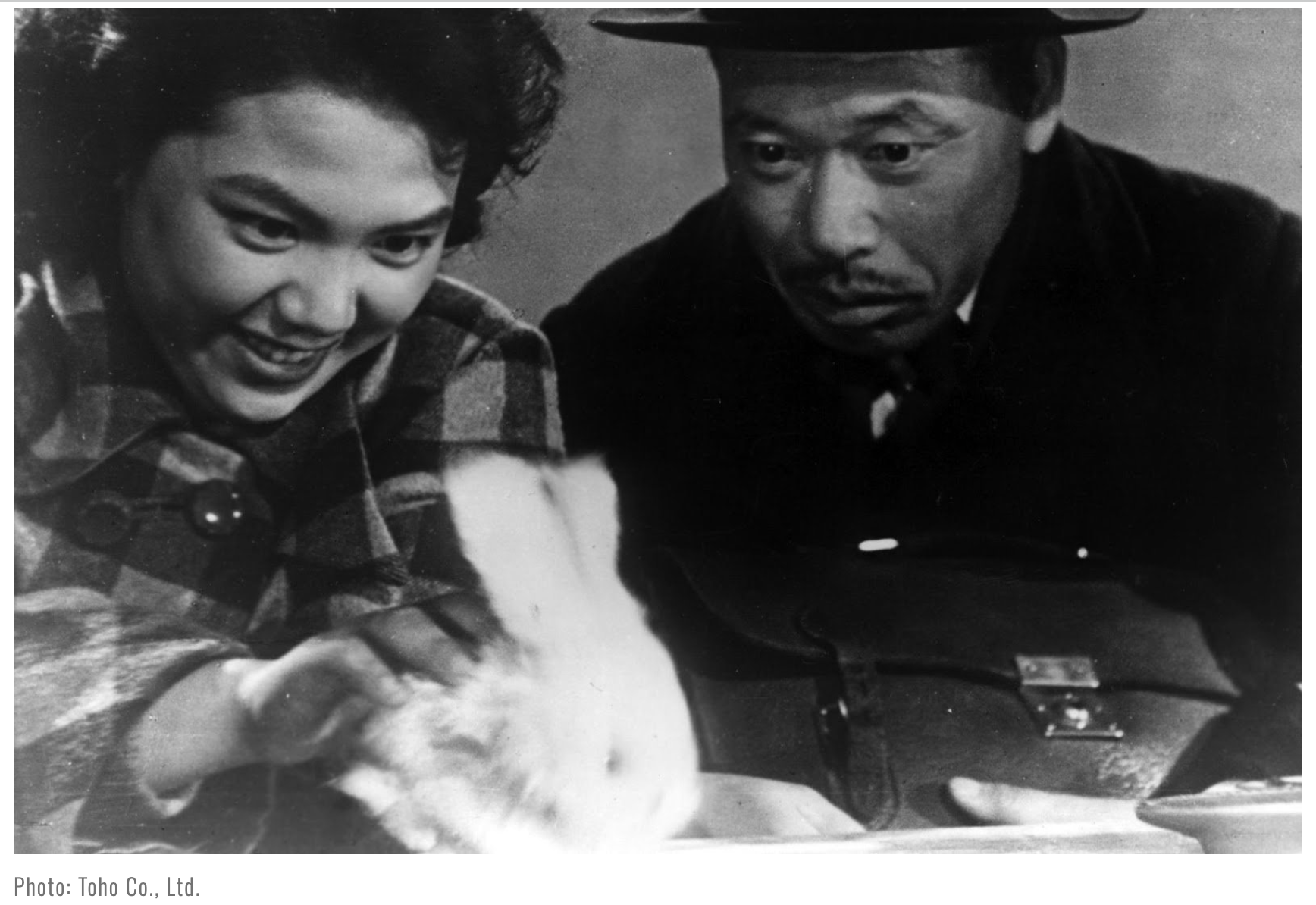Everyone has to work to eat. The birds and squirrels are out there working to find their next meal, working to build their homes. Humans are no different. Every living thing must eat to live, and work to eat. This was the theme of the very first children’s book published in the USA.
The Cries of New York is considered the first illustrated book for children in the United States. It depicts the street vendors of New York in the early 1800s. The first edition was printed in 1808 with borrowed illustrations from the 1778 publication, The Cries of London. In 1830, a new edition was printed with 15 new original woodcuts, showing New Yorkers: kids, adults, whites and African Americans, carting their goods around and calling out to announce their wares. The pineapple seller called out “FINE PINES!” The muffin man cried, “HOT MUF-FINS!!”
Many of the illustrations portray children as vendors. Child labor laws had not yet been invented, and kids worked to earn their living alongside adults. As a book for children, a lot of teaching is involved. Every item for sale comes with a reminder on morals and virtues. For example, the rusk seller is a young lad. At four o’clock, he went around calling “TEA RUUUUSSKKKS” so ladies would have fresh warm cakes for their afternoon tea. The book goes on to describe how agreeable the activities of this industrious youth are. For “...the doing of nothing is next to the doing of evil. Industry leads to plenty. Whereas the want of it clothes with rags; covers with vermin; diseases the body; dulls the mind; ruins the character; tempts to evil; fills prisons; furnishes the gallows; and, in the coming world, Oh, the dreadful consequence!”
Although the industry of the vendors is commendable to provide muffins and rusks, those “pleasant appendages” to the tea table, the act of taking tea comes with a blurb of caution. Tea is a “very acceptable and common supper” if the more “wholesome dish of milk is not plenty.” However, “a great deal of money is wasted around the tea table, its furniture, and luxuries attendant.” It warns against sitting over tea, gossiping and harming the character of those not present. It leaves us with a nice rhyme to remind us of our priorities:
“Many estates are spent in getting
Since women for tea forsook spinning and knitting.”
So judgemental!
I’m glad my first book skipped the moral preaching and started with A is for Apple. It was still about food.



